Last updated on July 5th, 2024 at 07:50 pm
In the digital world of business and commerce, understanding the difference between advertising and marketing is crucial for any business to stand out in today’s competitive marketplace. I understand that advertising and marketing are the same term but later I learned that both of them are different components of the business strategy.
Table of Contents
For promoting the products and services of the business both advertising and marketing play an important role for the business. Both advertising and marketing serve different purposes. They both involve diverse strategies. In order to understand the power of these two disciplines, It is very necessary to understand the key differences between advertising and marketing. Advertising is short-term campaigns whereas marketing involves long-term strategic planning.
There are many differences between advertising and marketing. Many people have the misconception that both are the same term and are used interchangeably. In basic terms, marketing refers to all sets of actions taken by the business to promote its products, services, or brand awareness to its target audience.
However, Advertising includes the activities of promoting products, services, and brand awareness or messages through paid media and channels. We can say that advertising is a component of the marketing strategy.
In this blog, I am going to tell you the 20 key differences between advertising and marketing. Similarly, we will discuss their unique roles, functions, objectives, and many more. By the end of this blog, you will have a clear understanding of how advertising and marketing work together to drive the business forward.
There are many differences between advertising and marketing but I am going to share 20 key differences between them based on my study, understanding, and experience.
So let’s get started
20 Key differences between advertising and marketing
1. Definition
Advertising is done specifically to reach potential customers while marketing is a comprehensive business strategy.
2. Scope
Advertising focuses on promotional activities while marketing encompasses products. pricing, distribution, etc.
3. Objectives
The main objective of advertising is to create awareness, persuade, and drive actions while the main objective of marketing is customer satisfaction, loyalty, and value creation.
4. Duration
Advertising is a short-term campaign however marketing involves long-term strategic planning which has a long duration of time.
5. Cost
Advertising involves expenditures e.g. paid media and channels but marketing requires a comprehensive budget for various types of activities like research, surveys, and so on.
6. Focus
Advertising focuses on immediate results like boosting sales, increasing brand awareness, and building brand loyalty While Marketing focuses on long-term brand-building, customer relationships, and so on.
7. Creativity
In the same way, Advertising emphasizes creating messaging, visuals, and other elements while marketing is broader strategic thinking and planning.
8. Channels
Advertising relies on paid media channels like ads while marketing includes paid as well as non-paid media like PR.
9. Target Audience
The main target audience of advertising is to reach potential customers while the main target of marketing is to understand and meet the needs of the customers.
10. Integration
Advertising is a component within the marketing strategy while Marketing coordinates all aspects of the business.
11. Control
In advertising, marketers have control over the messages while in marketing marketers influence product development and more.
12. Time Sensitivity
Advertising is often time-sensitive such as limited-time offers, limited products, etc while marketing is long-term and adaptable to changing market dynamics.
13. Measurement
Advertising includes metrics like clicks, conversions, and impressions while Marketing includes metrics like ROI, customer satisfaction, and so on.
14. External Visibility
Advertising is widely visible to the public whereas marketing is not always visible to the public for example surveys, research campaigns, and many more.
15. Customer Engagement
Advertising is usually a one-way communication but marketing focuses on two-way communication inorder to maintain long-term engagement.
16. Product Placement
Advertising helps to highlight specific products or services of the brand while marketing focuses on the entire product or service lifecycle.
17. Messaging
The main goal of advertising is to create awareness among the people, persuade them, and drive actions while the main target of marketing is to understand and meet the needs of their customers.
18. Flexibility
Advertising can be adjusted quickly for short-term goals while marketing requires sustained and adaptable strategies.
19. Relationship Building
Advertising has a limited focus on building long-term relationships while marketing focuses on making long-lasting relationships with their customers by understanding and meeting the customers’ needs.
20. Role in Strategy
Advertising is a tool that is used within a marketing strategy while Marketing is the overarching strategy guiding all business ops.
Advertising: The Art of Promotion
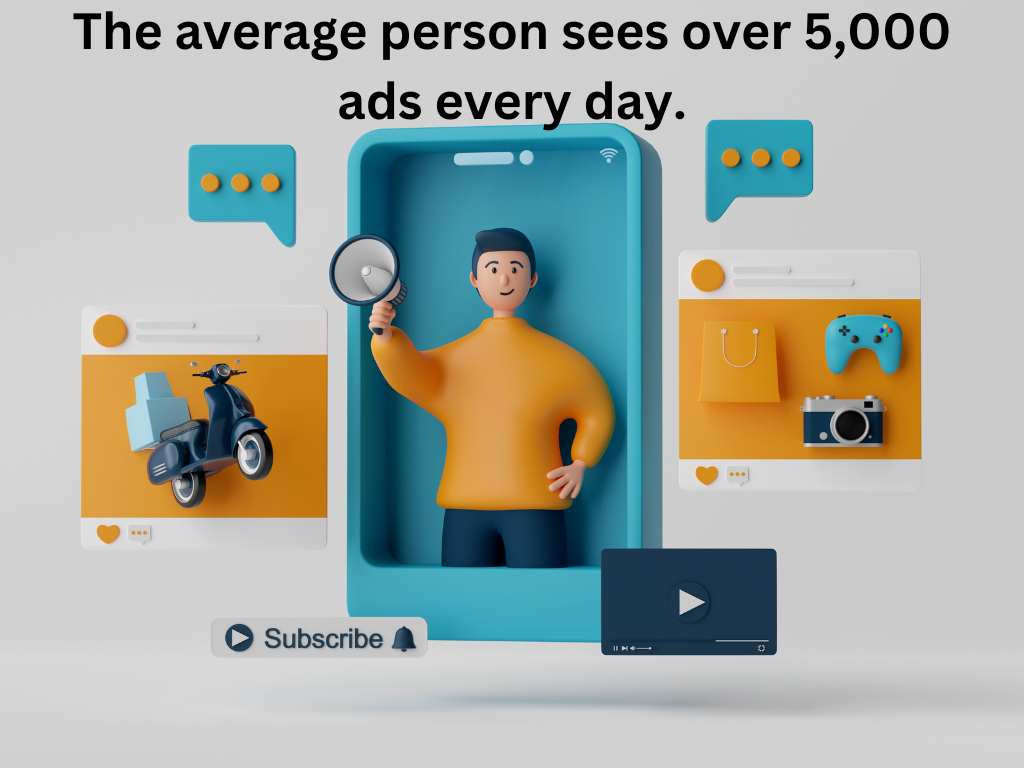
Advertising can be considered as a subset or one single component of marketing. It Mainly focuses on creating and distributing promotional messages. Advertising is the process of communicating a brand’s message to a target audience through the use of various paid channels and mediums. The main aim of advertising is to create awareness and interest in a particular product or service, persuade potential customers, and ultimately motivate them to take action such as making purchase decisions.
Key Characteristics of Advertising
The main characteristics of advertising are paid promotion, specific goals, short-term focus, creative execution, and paid media channels.
1. Paid Promotion
Advertising typically involves the use of resources such as money, to place messages in front of a certain target. This includes paid media channels such as print, online ads, social media advertising, radio, television, and so on.
2. Specific goals
In the same way, advertisements are designed to meet specific objectives such as increasing sales, increasing brand awareness, or launching a new product or service. These objectives can be measured effectively by using key performance indicators of advertising.
3. Short-term focus
Advertising campaigns are run for the short term. It is designed to achieve short-term results. Advertising campaigns aim to generate leads, drive traffic to the website, or increase brand awareness.
4. Creative Execution
Creativity plays an important role in advertising. The design, visuals, and message of an advertisement are carefully crafted to gain the audience’s attention and convey the brand’s message effectively.
5. Paid media channels
Advertisers use various paid media channels to reach their target customers, including display ads, influencer partnerships, video ads, PPC (Pay-per-click), and so on.
Marketing: A Holistic Business Strategy
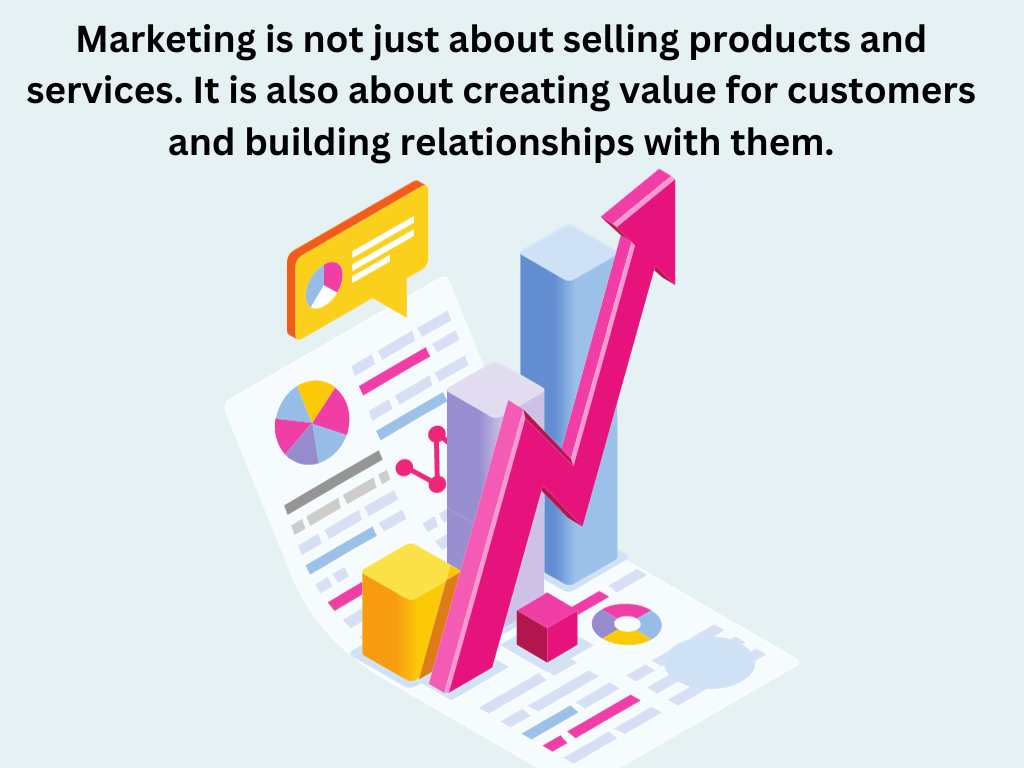
Marketing, on the other hand, is a broader concept that focuses on the entire process of identifying, creating, communicating, delivering as well and exchanging value with customers. It involves a comprehensive approach to understanding the customer’s needs. developing products or services that satisfy those needs to deliver them effectively to the market.
Key Characteristics of Marketing:
The main characteristics of marketing are customer-centric, strategic planning, relationship building, integrated approach, non-paid and paid activities.
1. Customer-centric
Marketing is customer-oriented. Marketing starts with a deep understanding of the target audience’s needs, behavior, and preferences. The main aim of marketing is to create value for their customers by addressing their pain points and delivering the best solutions.
2. Strategic planning
Marketing involves long-term planning and strategy development. Similarly, marketing focuses on wider concepts like product research, product development, market research, pricing, distribution, promotion, and so on.
3. Relationship Building
Marketing primarily focuses on creating long-term relationships with their customers. It not only focuses on making a sale but on building brand loyalty and customer satisfaction over time.
4. Integrated Approach
In the same way, Marketing is an integrated approach. Marketing takes a holistic view of the business activities and strategies. It ensures that all departments and functions work properly to achieve a common objective of the business. It aligns product development, sales, and customer service with the overall brand strategy.
5. Non-paid and paid activities
While advertising is a paid promotional activity, marketing includes both paid and non-paid activities. Non-paid activities can involve public relations, social media management, content planning, SEO, and so on.
You may also like to ask:
Advertising is a component of marketing that focuses on the promotion and communication of a brand’s message to target customers. Whereas Marketing involves a wider variety of set of activities such as product development, pricing, distribution, and customer satisfaction.
Running paid advertisements on platforms like TV, social media, Radio, and print media, sponsoring events, influencer collaboration, online display ads, and so on are some examples of advertising activities.
Marketing aims for long-term objectives such as increasing brand loyalty, increasing customer satisfaction, and creating value for their customers. While advertising focuses on short-term goals like increasing sales or promoting a specific product or service.
Yes, advertising and marketing are interconnected. We can say that advertising is one component of the overall marketing strategy of a business or brand. Similarly, Companies often conduct advertising campaigns to achieve specific marketing objectives such as driving sales or increasing brand awareness.
I think marketing is not only for promoting the products or services of the business or brands. It is a wider scope. Marketing involves understanding the needs of customers, developing products, setting prices, distribution,g and ensuring customer satisfaction throughout the entire customer journey.
A balanced approach is usually more effective for business. Advertising and marketing are interdependent and a well-coordinated strategy that combines both is often the key to long-term success.
Conclusion
Advertising and marketing are both interconnected but distinct components of a brand promotional strategy. Advertising is a component or a subset of marketing focusing on paid promotional activities in order to create awareness and drive specific actions. Marketing, on the other hand, is a comprehensive business strategy that focuses on understanding customers needs, creating value, and delivering the best solution to meet their needs.
Both Advertising and marketing are essential for a company’s success. A well-coordinated marketing effort will often include various advertising campaigns to achieve its goals. Understanding the difference between these two concepts: advertising and marketing is crucial for businesses aiming to build a strong and effective brand presence in the competitive marketplace.
If you have any suggestions or questions on the topic of differences between advertising and marketing then don’t forget to leave a comment below.
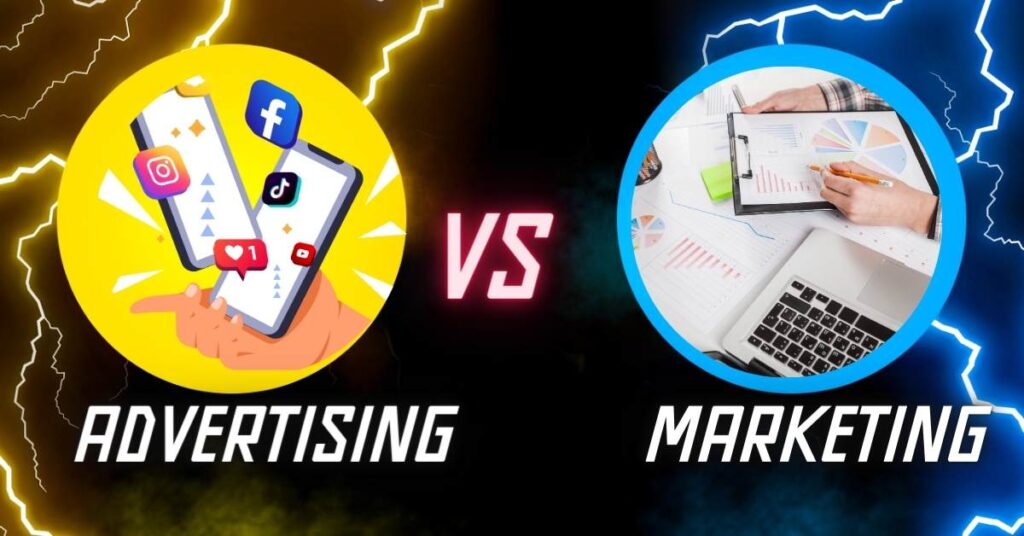

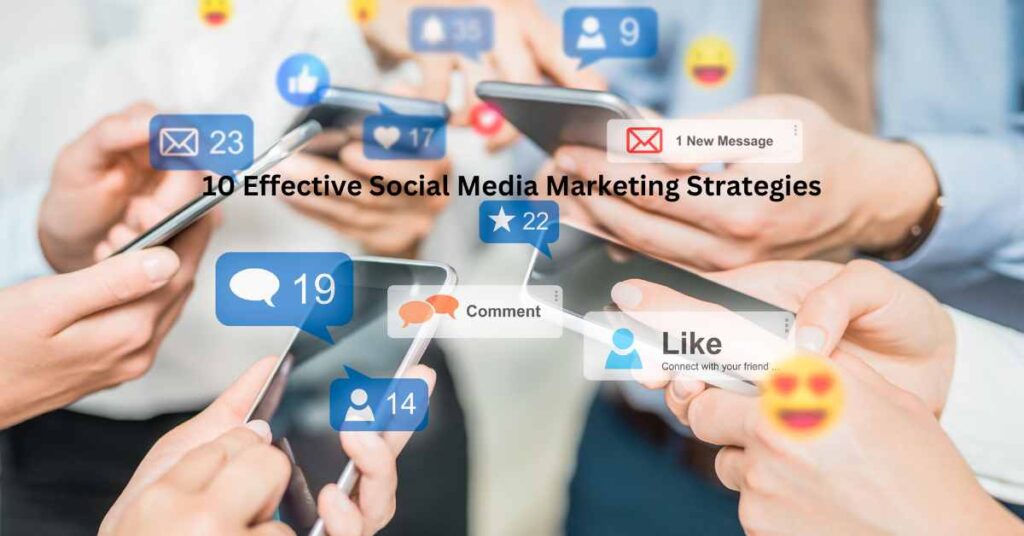
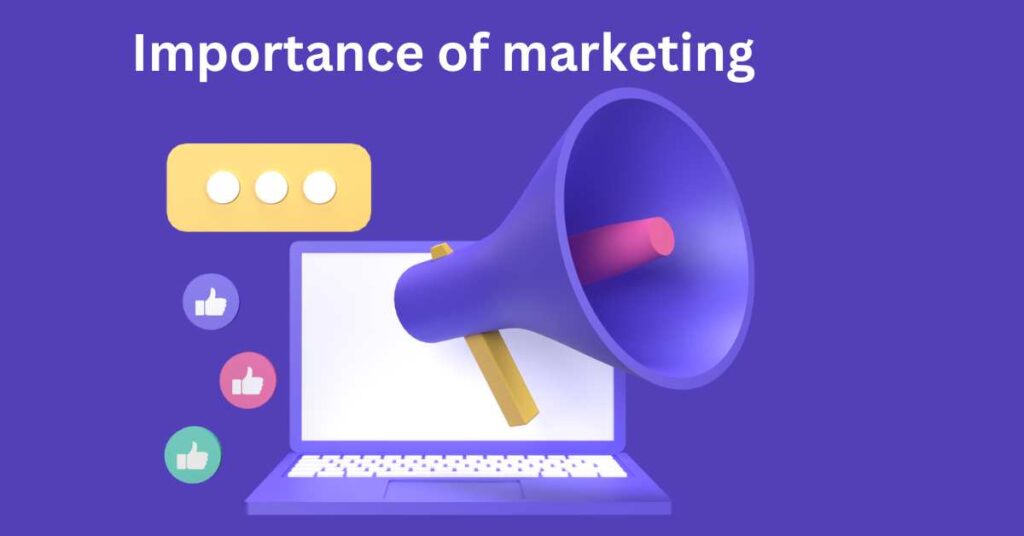


Thanks for sharing. I read many of your blog posts, cool, your blog is very good.